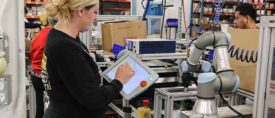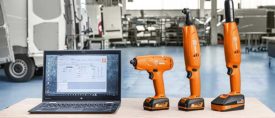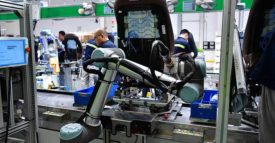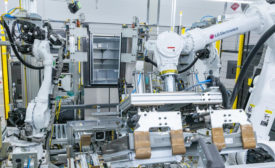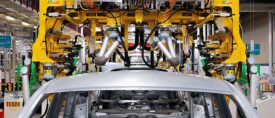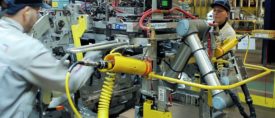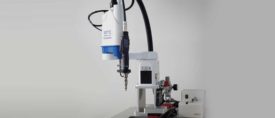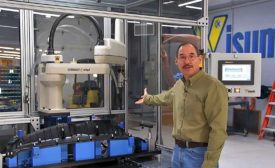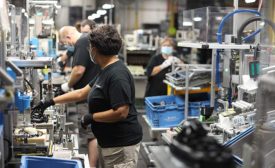Home » Keywords: » robotic screwdriving
Items Tagged with 'robotic screwdriving'
ARTICLES
Cobots optimize assembly and packaging by 30 percent.
Read More
Advances In Fastening Tools
New fastening technology promises to improve ergonomics, boost output, reduce costs and increase quality.
March 2, 2023
Screwdriving With Cobots
Labor shortages have forced manufacturers to adopt collaborative technology
February 1, 2023
Screwdriving Gripper Mimics Two-Handed Assembly
Researchers have developed a single end-of-arm tool that can simultaneously hold a part in place and install it at the same time.
November 29, 2022
Beyond the Welding Line: Robots and Automotive Assembly
Humans and machines are collaborating on trim lines.
April 12, 2022
New Tech for Robotic Fastening
Screwdriving is a perfect application for Cartesian, SCARA and six-axis robots.
February 8, 2022
2020 Assembly Plant of the Year: There’s No Looking Back at Murakami
The Campbellsville, KY, plant excels at continuous improvement and workforce development
October 6, 2020
Never miss the latest news and trends driving the manufacturing industry
Stay in the know on the latest assembly trends.
JOIN TODAY!Copyright ©2024. All Rights Reserved BNP Media.
Design, CMS, Hosting & Web Development :: ePublishing
